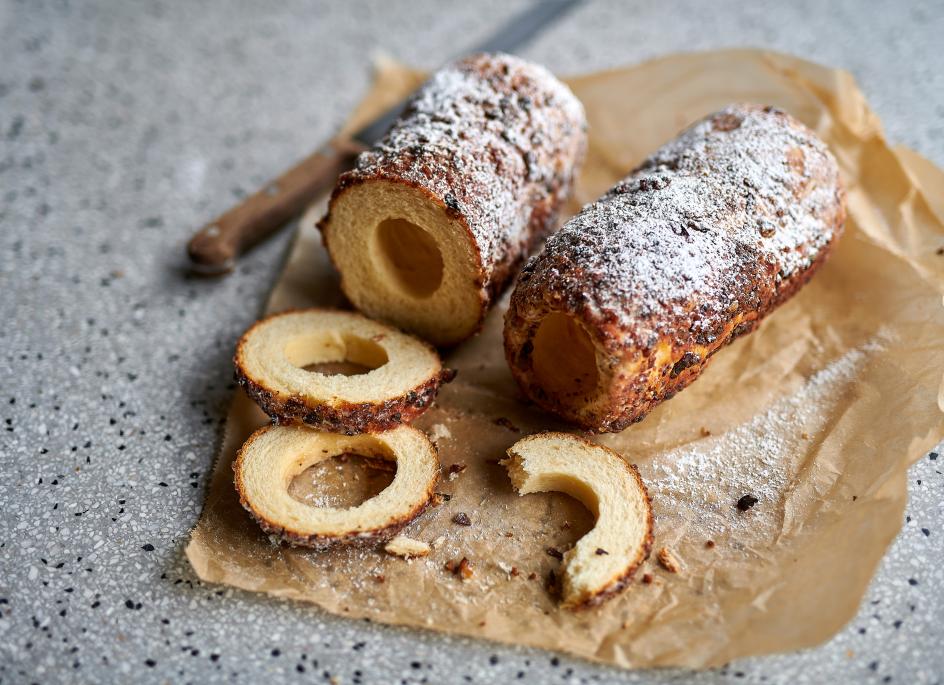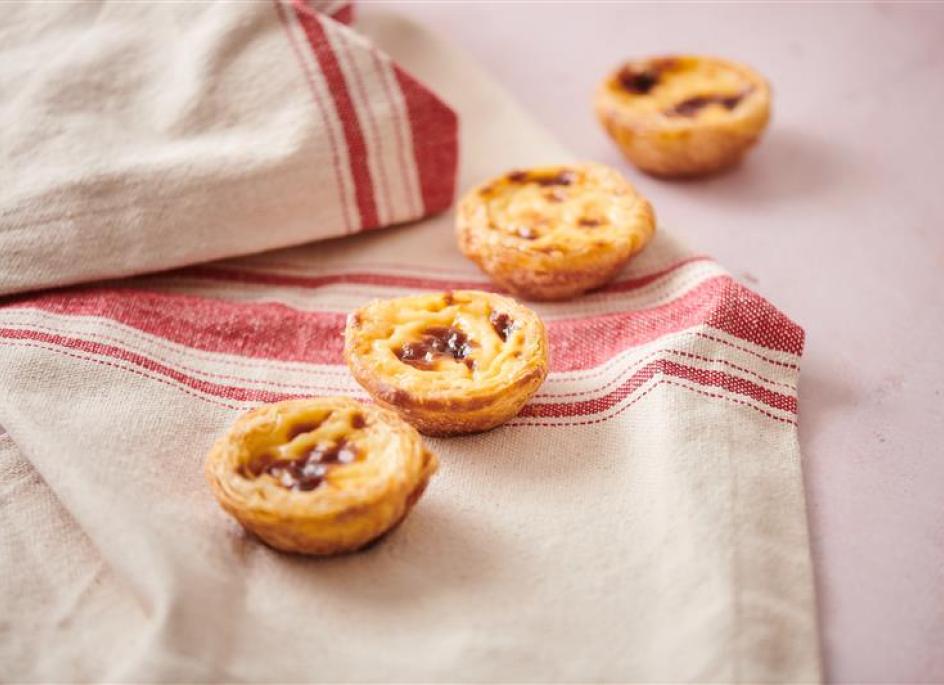From luxurious chocolates to an assortment of fine confections, the European Union's culinary heritage promises a delectable experience that transcends borders.
European chocolate is already appreciated in Korea. And for good reason, as European chocolate, from pure to refined confections, is made from high-quality ingredients and offers a unique taste. Besides being produced safely, just as with all other EU food products, EU chocolate production is monitored by specific common rules for cocoa and chocolate products. As a result of EU chocolate products being well labelled and therefore recognisable as being produced in Europe, Korean consumers can be certain that their favourite European chocolate is not only tasty, but also that it is a quality product.
Each European Member State or region produces a wide variety of traditional baked goods and sweets. They are made using quality ingredients, and follow authentic production methods and strict safety standards. The labelling allows Korean consumers to view sugar levels, as well as to see the origin of their favourite treats.
The EU also produces a rich range of biscuits and cookies; European biscuit production benefits from stringent EU safety and quality standards and other initiatives such as the European Commission’s toolbox for baked goods.
Confectionary occupies a special place in the hearts of Europeans, with most celebrations and holidays having their own special creations. Many Korean consumers have learned to appreciate them already, but many remain to be discovered: Marble Cake, Black Forest Cake, Hazelnut Dacquoise, Sachertorte, Kozunak, Karpatka, Cassata, Esterhazy Cake, Pom Koec, Princess Cake, Battenberg, Madeleines, Kaiserschmarrn, Pastel de Nata, Churros, Baklava, Kransekage, Panettone are just a few examples.
Choice for any preference and dietary need
European cuisine features a variety of confectionery, jams and pastries in various regional deserts.




